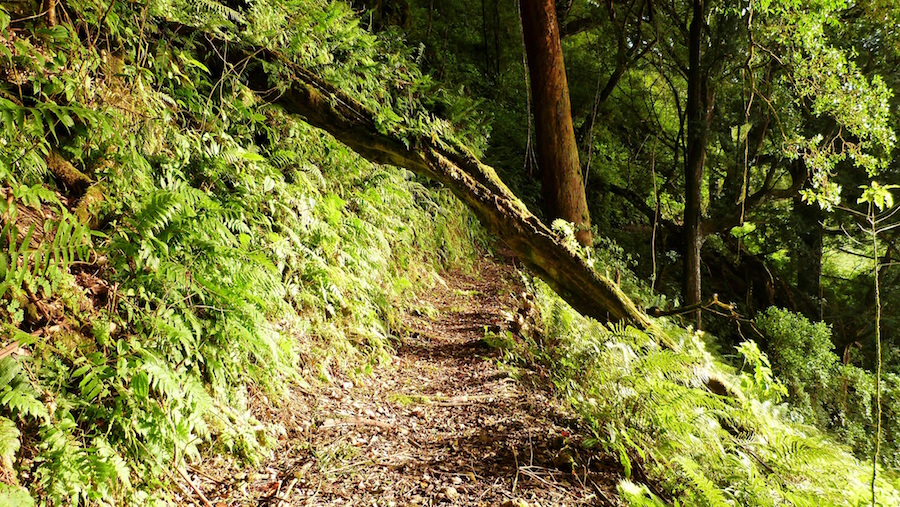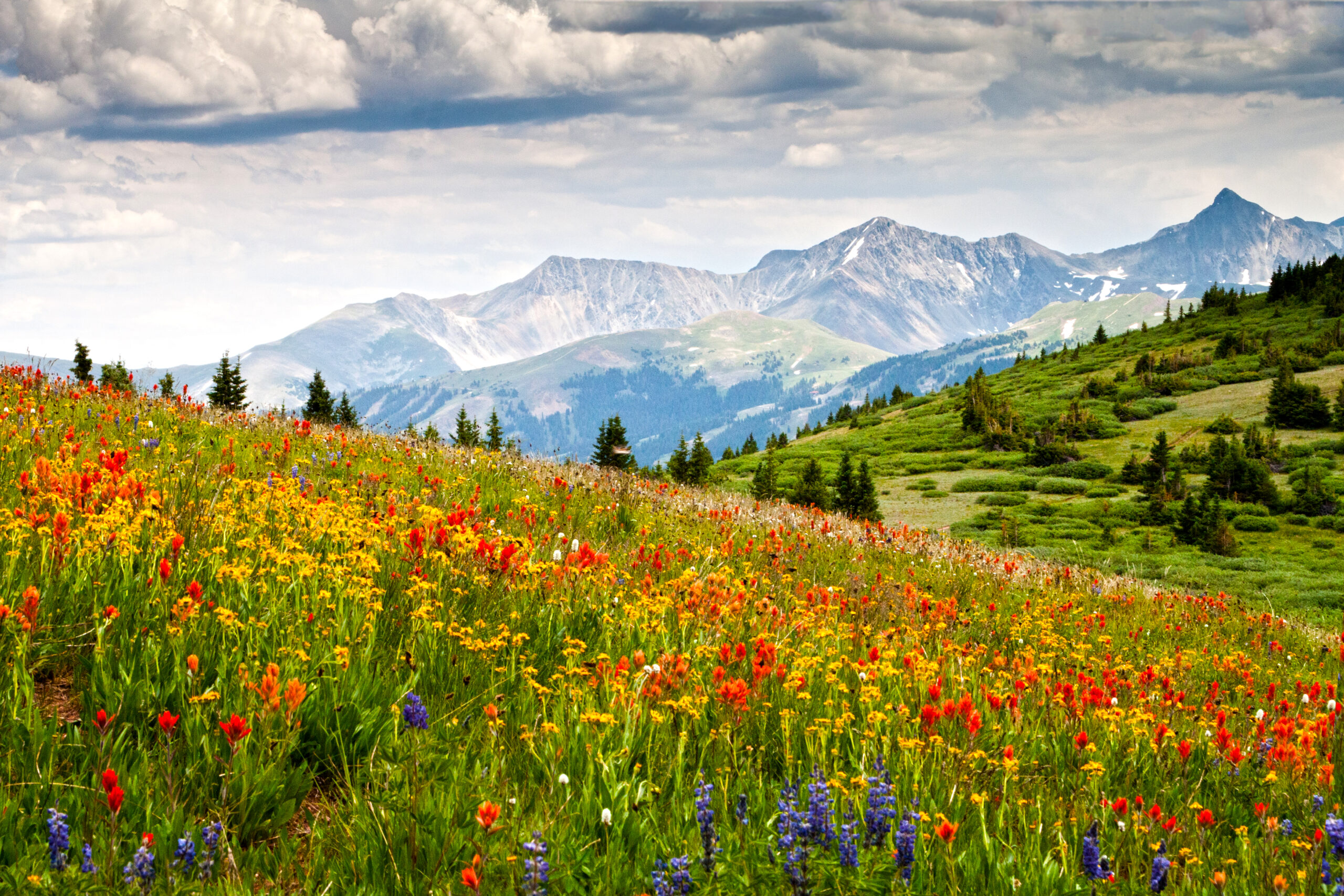Ecosystems self-organize. At least that’s what ecological theory often assumes. Simon Levin, a prominent theoretical ecologist, refers to ecosystems as “prototypical examples of complex adaptive systems, in which patterns at higher levels emerge from localized interactions and selection processes acting at lower levels.”1 Ecologists Eric Schneider and James Kay agree. “We must always remember that left alone, living systems are self-organizing; that is, they will look after themselves,” they write. “Our responsibility is not to interfere with this self-organizing process.”2
A widely used textbook on ecological modeling reiterates this assumption, stating that “evolution has created very complex ecosystems with many feedback mechanisms, regulations, and interactions.” Because of these processes “of coordinated evolution… rules and principles have been imposed for cooperation among the biological components. These rules and principles are the governing laws of ecosystems.”3
The problem is that none of this makes sense. In saying this, I do not mean to refer simply to a vast literature that debates whether ecological theory has established general rules, principles, and even unifying concepts.4 Instead, I mean to ask how someone would test whether a given ecosystem is self-organized. I do not think it can be done.
Ecosystems, according to Levin, “self-assemble from components shaped by evolution, and self-organize as those components reproduce and express phenotypic plasticity,” that is, express new traits in response to environmental conditions.5 Even if this is true, could an ecologist tell by observation or experiment whether a specific site represents 1) a self-assembled ecosystem shaped by evolution or 2) a collection of species that happen to occur together at a time and place each there for its own reasons? These sites have different kinds of natural histories, but do they have different kinds of ecological properties?
If ecologists cannot tell by observation which ecosystems are co-evolved and which are novel, then how do they know which are self-organized?
To see the problem, assume that only heirloom sites in which many or most species share a co-evolutionary history possess the characteristics of self-organized ecosystems. Let us also assume that hodgepodge sites—those that are filled with introduced species that share no evolutionary history—lack these kinds of characteristics.
Ascension Island in the middle of the Atlantic near the equator, which Charles Darwin described in 1839 as “entirely destitute of trees,” became richly vegetated and produced a cloud rainforest over the next century because of plants people brought there from the four corners of the Earth. If there were a difference in the ways in which heirloom and hodgepodge ecosystems behave or are organized, an ecologist should be able to tell that the Ascension Island cloud forest is a novel, man-made ecosystem and not a co-evolved, self-assembled one. But ecologists cannot do this. The only way ecologists can tell that a site is a self-organized ecosystem rather than a hodgepodge of species that happen to occur together is to determine or to assume that the site has a certain kind of history, and then conclude that it therefore has a certain kind of organization. The inference is conceptual, not empirical, and it is based on the presumed history of a place and not on its present characteristics.
Other than by documenting the history of a site, ecologists apparently have no way to tell whether an ecosystem represents an ancient, co-evolved community or an agglomeration of colonizing species brought together as the result of human activity.6 If ecologists cannot tell by observation or experiment which ecosystems are co-evolved and which are novel, or which species are old-timers and which are newcomers, then how do they know which, if any, are self-organized? Self-organization is not an observed empirical property of an ecosystem but an inference based on an assumption, which may or may not be true, about how it was produced.
One ecologist, Dana Phillips, likens the species that co-occur at a certain place and time to people at a crowded bar. “Like strangers in a bar,” he writes, “they were there at the same time, but they weren’t really there together.”7 There are often couples and sometimes small groups. But most arrive and leave at different times, and many ignore each other altogether.
Ecologist Daniel Simberloff has described a “longstanding controversy” among ecologists “over whether a plant community is anything other than the assemblage of populations co-occurring in a specific place at a specific time: that is, to what extent are communities integrated, discrete entities, and, if they are, what is the nature of the integration?” Historically inappropriate hodgepodge ecosystems and historically correct heirloom ecosystems seem to be equally self-assembled or integrated—which may be not at all. There is no way to tell, other than by knowing their history, which is which.
Footnotes
[1] Simon A. Levin, “Ecosystems and the Biosphere as Complex Adaptive Systems,” Ecosystems (1998) 1: 431–436; quotation at p. 431.
[2] J.J. Kay and E. Schneider, “Embracing Complexity: The Challenge of the Ecosystem Approach,” in Westra, L. and Lemons, J., eds., Perspectives on Ecological Integrity Kluwer: Dodrecht, 1995; pp. 49-59.
[3] Brian Fath and S.E. Jorgensen, “Ecological Modelling: Applications in Environmental Management” Developments in Environmental Modelling (Elsevier: 2011): pp. 91-92.
[4] See, e.g., Peters, Robert Henry (1991): A Critique of Ecology. Cambridge, Cambridge University Press; Lawton, John H. (1999): Are There General Laws in Ecology? Oikos 84: 177-192; Murray, Bertram G., Jr. (1999): Is Theoretical Ecology a Science? A Reply to Turchin (1999) Oikos 87: 594-600; Murray, Bertram G., Jr. (2000). Universal Laws and Predictive Theory in Ecology and Evolution. Oikos 89: 403-408; Berryman, A. A. (2003): On Principles, Laws and Theory in Population Ecology. Oikos 103: 695-701; O‘Hara, R. B. (2005): The Anarchist‘s Guide to Ecological Theory. Or, We Don‘t Need No Stinkin’ Laws. Oikos 110: 390-393.
[5] Simon A. Levin, “Self-organization and the Emergence of Complexity in Ecological SystemsBioScience, 55(12)(2005):1075-1079; quotation at p. 1076.
[6] Ecologists Daniel Simberloff argues that while this is probably the case, the experiment should be run. See Daniel Simberloff, “Invasions of plant communities: more of the same, or something very different?” American Midland Naturalist 163:219–232.
[7] Phillips, Dana. Truth of Ecology: Nature, Culture, and Literature in America. Cary, NC, USA: Oxford University Press, 2003, p. 68.




